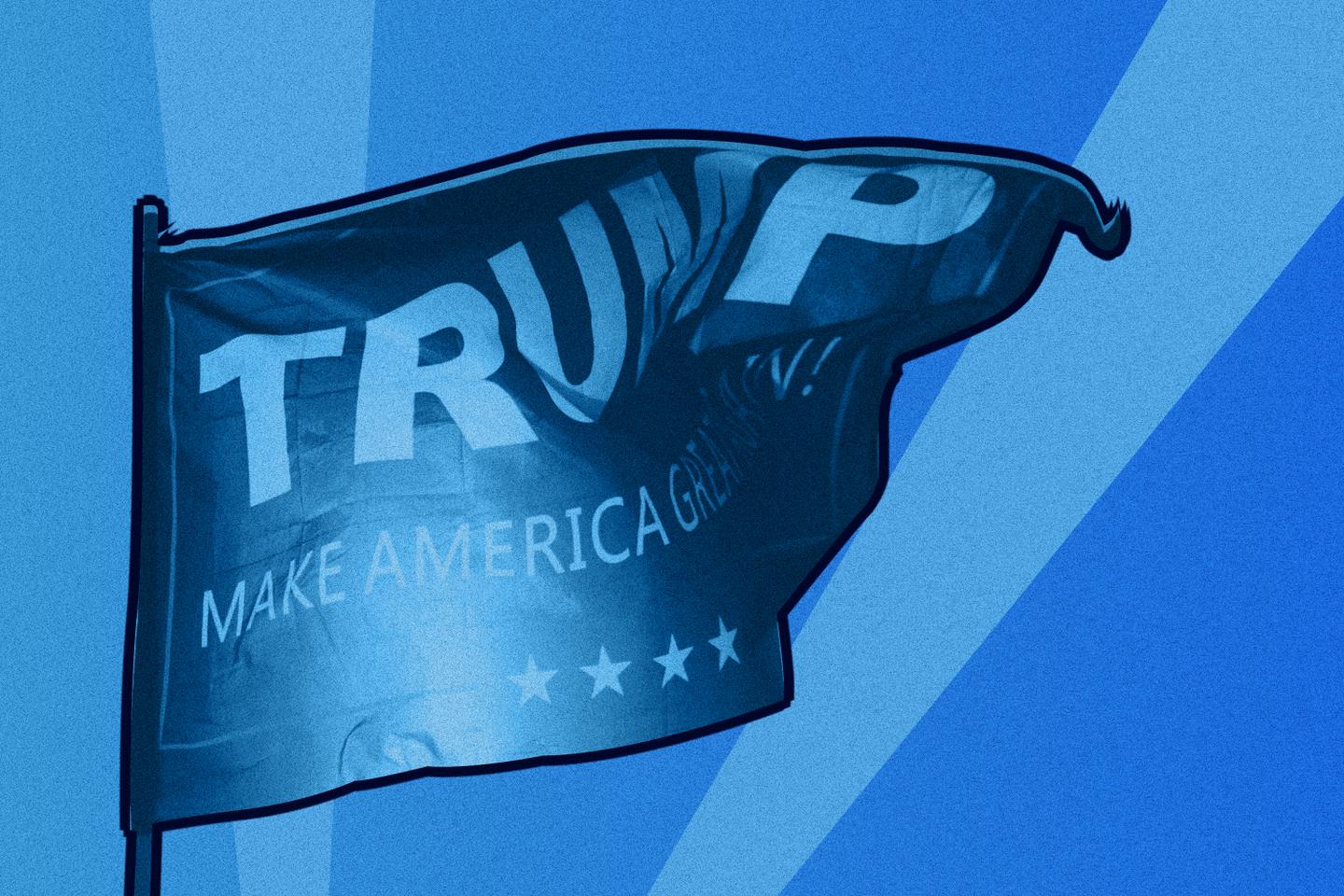


The announcement of a deal between the European Union and the United States has shaken up what looked set to be a quiet summer. The official confirmation that Europeans would meekly accept a 15% tariff on their exports to the US is, without doubt, striking.
However, beyond the heated debate in France, which is known neither for its subtlety nor its benevolence toward the EU or the US, any definitive judgment seems premature.
First of all, what do we actually know? As with all trade agreements from the Trump administration – fond of dramatic announcements – we can, for now, only rely on the words of the leaders. For details, we must wait for the publication of a jointly approved text, something this administration no longer guarantees. Incidentally, this will likely only be a political agreement on unilateral actions by each partner, not a trade agreement in the strict sense of the term. So it will not be subject to the usual approval and enforcement mechanisms.
Scope still to be defined
The main element of the agreement is that Europeans will accept 15% tariffs on all of their €532 billion in exports to the US in 2024, relinquishing retaliatory measures that this blatant breach of international law would have allowed them to take. That tariff rate will be the one currently applied, not an increase as in the case of the United Kingdom (+10%).
While this may seem modest compared to the average pre-Trump tariff rate of about 3.5%, many sensitive products already faced tariffs between 5% and 15%, especially in the agricultural sector, which lessens the scale of the EU's concessions. Furthermore, vehicles, which have faced 27.5% tariffs since April, would, in practice, see a specific reduction for EU-made products.
Exemptions also apply. Under a zero-for-zero framework, the entire aerospace and minerals sectors, as well as "certain" chemical, pharmaceutical, agricultural (including spirits) and semiconductor products would see their tariffs lifted. Depending on the final scope, which remains to be defined, this would affect 10% to 20% of EU exports to the US.
You have 58.98% of this article left to read. The rest is for subscribers only.
